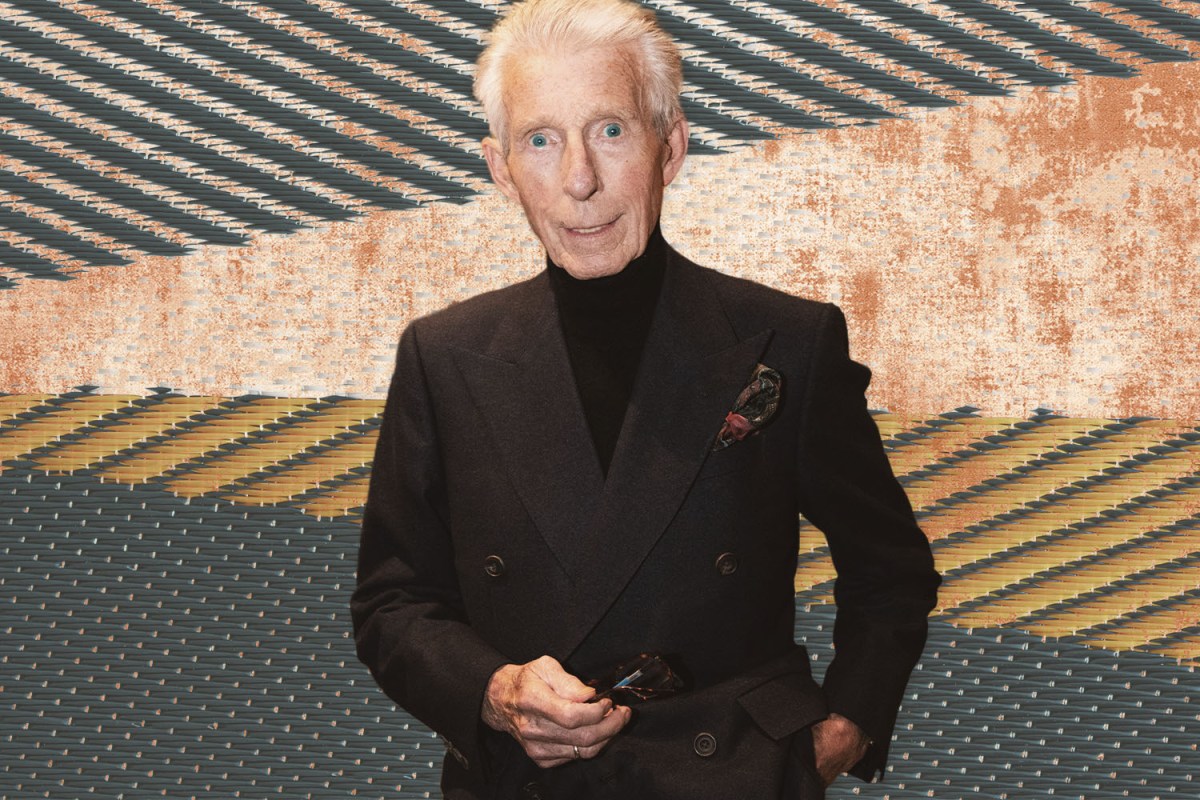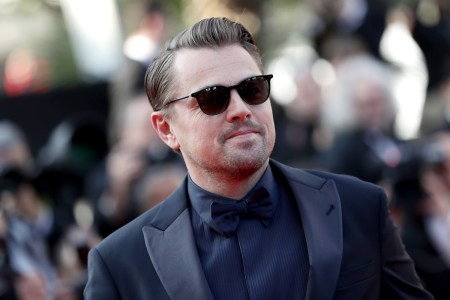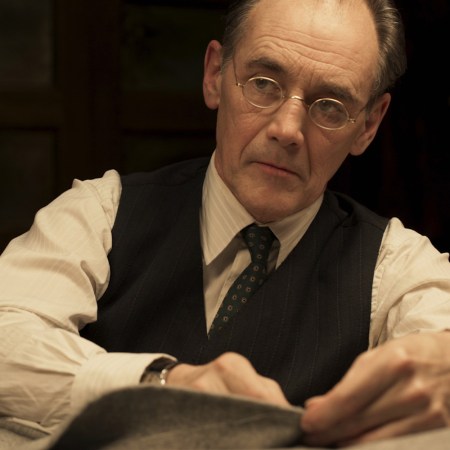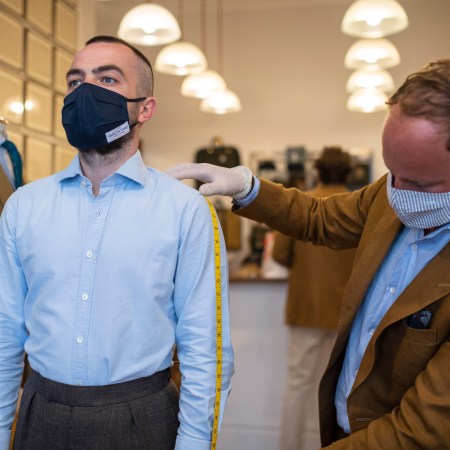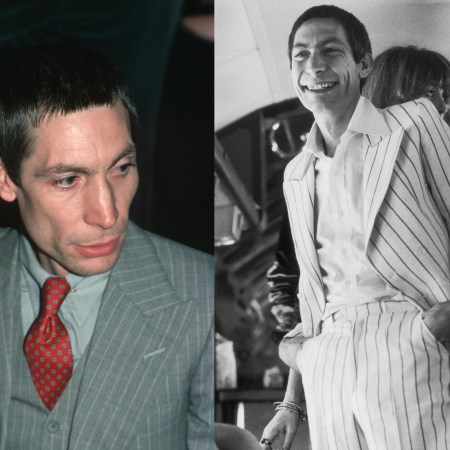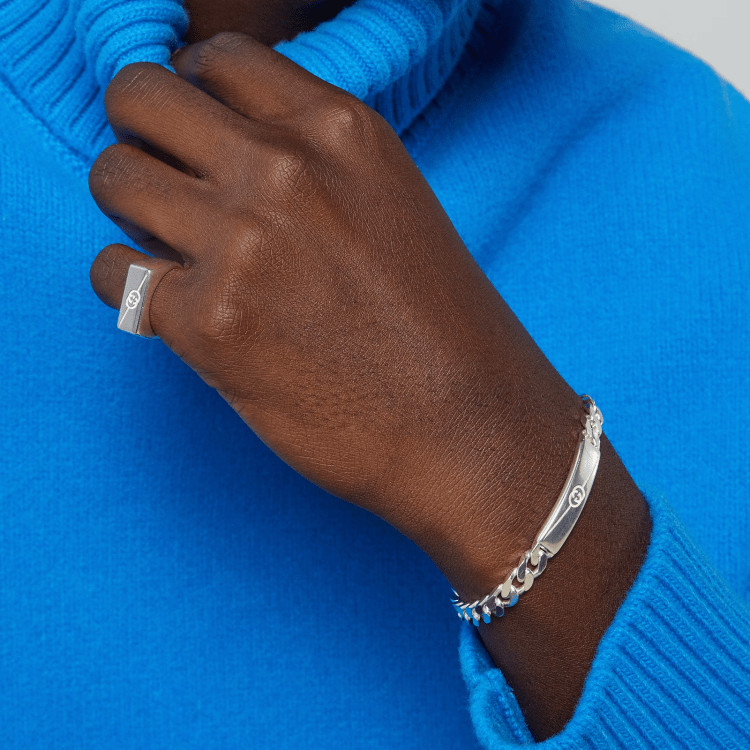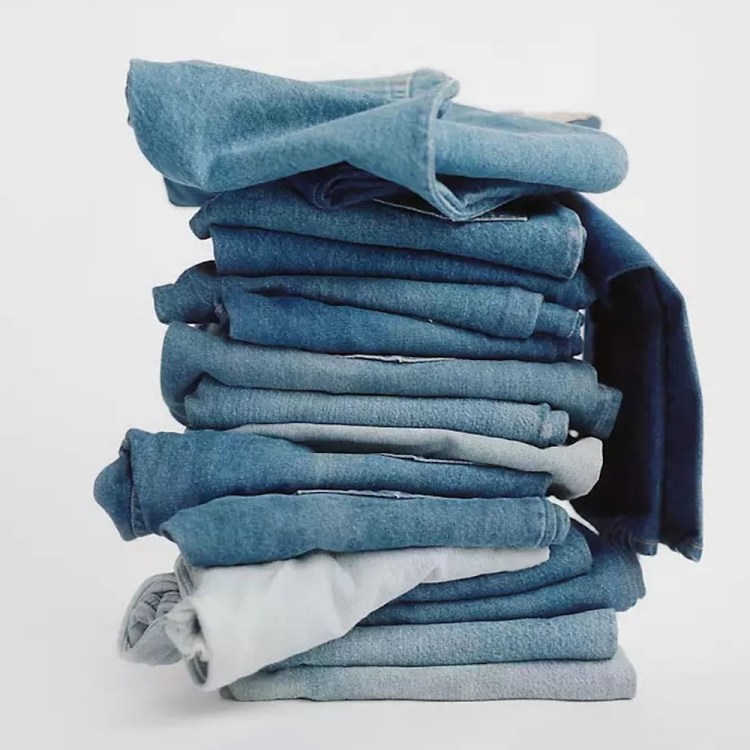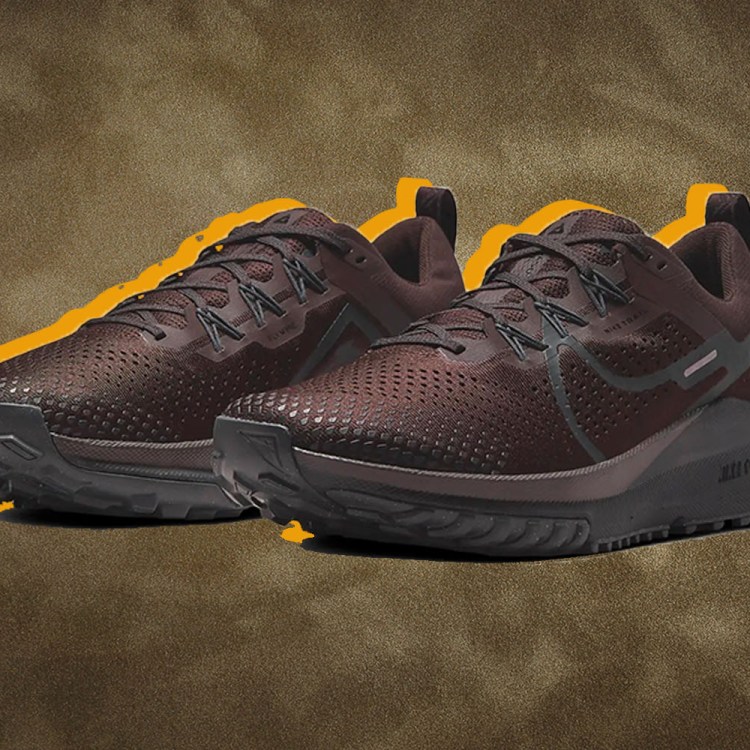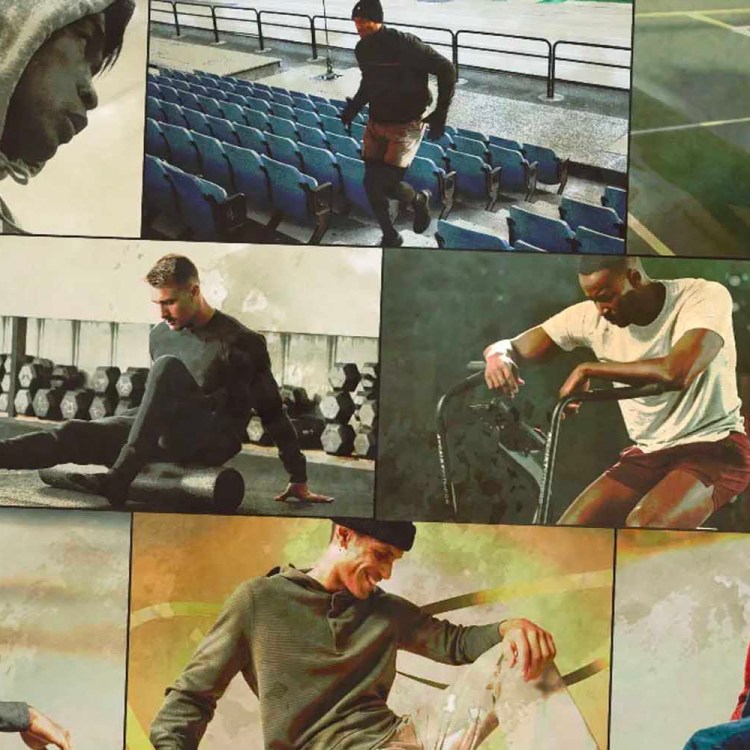“Ready-to-wear fills a gap for those who can’t wait, but as good as it is these days, it’s not bespoke,” opines Edwards Sexton. “Bespoke isn’t about making a garment, but building a garment — you’re doing this sartorial sculpting to come up with something that works best for that particular body. It’s more than just being a nice suit. And bespoke, like Savile Row, always has to adapt.”
Adaptation is something Sexton, who has just turned 80, knows all about. After some time away, he’s back on Savile Row — London’s, and arguably the world’s, tailoring Mecca — opening new premises in, he reveals with a laugh, exactly the same unit where he started his career in bespoke tailoring some 60 years ago. It’s where Sexton belongs, too: if the 1990s saw the likes of Richard James and Oswald Boateng reinvigorate British tailoring, it was Sexton — with his then-business partner Tommy Nutter — who first opened the door to more progressive, contemporary bespoke 25 years before.
“Savile Row was a very different place then — it was very fuddy-duddy and didn’t have a lot of style. And then you had this shift in men’s fashion in happening at the same time around the King’s Road in Chelsea [in south London], one that had a lot of style and none of the quality,” recalls Sexton. “So when Tommy and I started out, we weren’t out to conquer the world. We were just two young tailors who wanted to express their own feelings about style but through the true tradition of Savile Row. And we were lucky that everybody was ready for change. And that there were pop stars all over the place.”
Indeed, back in the 1960s, a pop cultural revolution was afoot with London as its epicenter. Yet Savile Row refused to leave behind its stiff and dusty ways. Nutter’s — as Sexton and Nutter’s business was called — opened Savile Row premises with shop windows, then unheard of and considered somewhat outrageous. They cut suits with a modern if slightly period flair — subtly exaggerated proportions, strong lines, narrow waists, parallel-legged trousers, wide peak lapels, mixed and matched fabrics, all still Sexton signatures.
Mick Jagger, Eric Clapton, Elton John and Charlie Watts all became customers. The Beatles wore Sexton for the cover of their Abbey Road album. Indeed, a new era of monied creative types came running for Sexton’s cutting. Now they’re doing it again: Sexton dressed Harry Styles in pink for his Today show US debut.
“Savile Row needed to be more welcoming — so much of what it did happened behind these big heavy oak doors. You wouldn’t have a clue what they were up to,” Sexton exclaims. “The tailors on the Row certainly didn’t like that we were doing something different, especially when their clients started to ask them ‘Can you do something like they do at Nutter’s?’ To some extent it forced them to change. It was luck. I’ve been extremely lucky in life — none of it was planned. But, as they say, if you’re in the right place at the right time, the right things can happen. Still, it’s the goods that have to do the real talking.”
That’s perhaps why it wasn’t just the rising stars of rock that came calling. George Soros, Bernie Ecclestone and media magnates Rupert Murdoch and Kerry Packer became regular customers too. It was likely those that persuaded Patrick Bateman — the serial killer of Bret Easton Ellis’ American Psycho — to cite Sexton as his tailor of choice.
7 Menswear Staples to Adopt From Leonardo DiCaprio’s Wardrobe
On the actor’s 48th birthday, we look back at his most memorable menswear moments (and the vital lessons to take from them)Sexton would become the go-to bespoke tailor for women too, counting the likes of Annie Lennox, Twiggy, Kate Moss and Yasmin LeBon among his customers. It was through meeting Paul McCartney that Sexton would come to take on a young intern by the name of Stella McCartney, teaching her the basics of bespoke, and later overseeing tailoring for her while she was creative director at Chloe. “Of course working with all those variations in shoulders and waists that women have was very different,” Sexton says with a laugh. “You have to allow for those wonderful peaks and valleys, which most tailors just don’t understand even now.”
He’s still driven by the creative possibilities of bespoke — it’s his hobby, he says, and why he’s still working when others have long since hung up their shears. One of his latest creations is a lounge suit jacket with a piano-pleated back and patch pockets. “I like to think I know what makes a suit ‘pop,’” he says. But these days he’s also pushing his own upscale take on made-to-measure — what he’s dubbed ‘offshore bespoke,’ model garments fitted around a client, a pattern cut in house and then the suit made up in China. And there’s a new line of ready-to-wear too. He’s confident it offers the best fit you’ll get in tailoring off-the-peg.
“Even I’m amazed by it,” he chuckles. “But, you know, whether you’re wearing bespoke or ready-to-wear, a suit is just a suit until you romance it. You have to make it your own. Remember, I grew up in a time when a suit automatically went with collar and tie. But it’s to the benefit of the suit now that more men are wearing theirs, as I like to — with, say, a cashmere polo neck sweater, or with a pair of sneakers.”
But, he advises, don’t throw your ties away yet. He’s old enough to have been here before.
“I’ve seen fashion go around and around and, just wait, the tie will come back, the shirt will come back,” asserts Sexton. “But if a suit used to be a uniform, that’s not the case any more. The suit now is something you should have fun with. That’s what gives the suit a future. The success of the suit now — what makes it really look the bollocks — is down to the personality of the wearer.”
This article was featured in the InsideHook newsletter. Sign up now.
